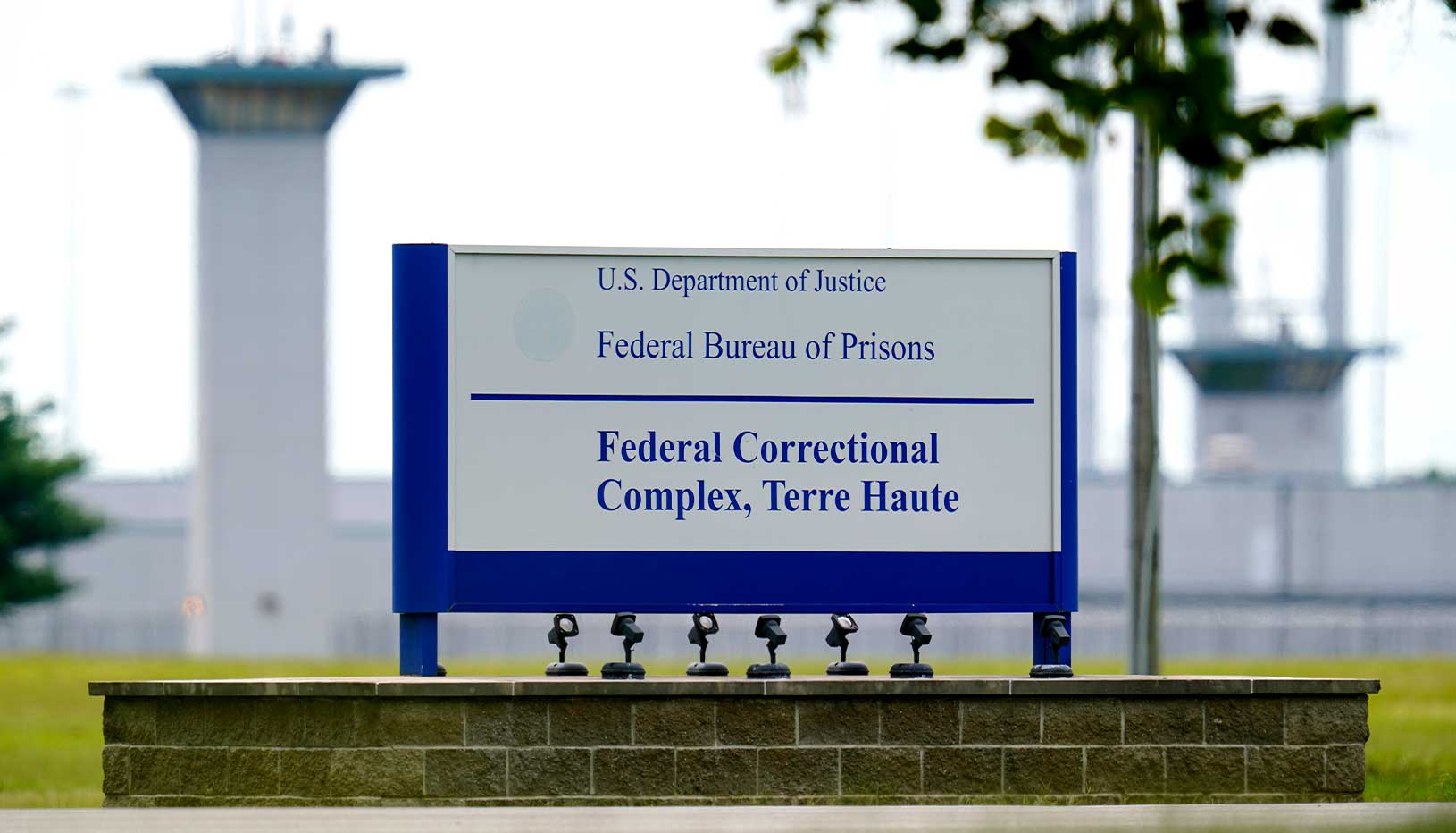It’s well-known that federal mandatory minimums result in disproportionate and inflexible prison sentences. These penalties are especially notorious in drug cases, where they’ve contributed significantly to racial disparities in prison. What may be surprising, though, is that many of these sentences continue even after the underlying laws are repealed.
When Congress changes the penalty for a given crime, it doesn’t automatically benefit people already serving time in prison for that offense. Congress must specifically make the change retroactive — which some lawmakers hesitate to do. The result is that hundreds, maybe even thousands of people are in federal prison today serving severe sentences that Congress no longer believes are fair or effective.
A 2022 Supreme Court decision — Concepcion v. United States — raised hope for expanded relief for those still in prison under now-repudiated federal penalties. Instead, there remains a deep disagreement among federal courts over how, if at all, to weigh nonretroactive changes to federal penalties when revisiting a prison sentence. The full contours of the decision’s impact will become clearer with time, but ultimately, correcting unjust and now disavowed sentencing laws will likely require a more comprehensive approach.
Concepcion and resentencing under the First Step Act
In 2009, Carlos Concepcion was sentenced to 19 years in federal prison under a harsh law, no longer in effect, for people convicted of crack cocaine distribution. That law — the Anti-Drug Abuse Act of 1986 — required that such offenses would be punished as severely as those involving 100 times as much powder cocaine. This penalty structure ultimately drove deep racial disparities in prison and catalyzed a campaign for reform. Then, in 2010, Congress passed the Fair Sentencing Act, which reduced this controversial and unjustified weight ratio to 18-to-1 on a forward-looking basis. Eight years later, Congress passed the First Step Act, which (among other things) finally allowed people sentenced for crack cocaine distribution before the Fair Sentencing Act to apply for a shorter prison term under the 18-to-1 rubric.
In 2019, Concepcion petitioned for a sentence reduction under the relevant part of the First Step Act, Section 404. In opposing his request, the government argued to the federal district court that the original sentence still fell within the upper limits of the new allowable sentencing range. But Concepcion also argued that he no longer qualified as a “career offender,” a status that had greatly increased his initial sentence. One of his prior state-level convictions had been vacated, and subsequent nonretroactive changes in federal sentencing law meant his other convictions would no longer trigger the career offender “enhancement.” Without this designation, Concepcion argued to the district judge, his sentence should be significantly lower: somewhere around five to six years.
The case raised a difficult question. If someone applied for resentencing under Section 404 of the First Step Act, what could judges consider when crafting a new sentence? Could they consider (and even give applicants the benefit of) new, nonretroactive developments in sentencing law?
In 2022, the Supreme Court answered that question in the affirmative, resolving a major disagreement between lower federal courts. Justice Sonia Sotomayor, writing for the majority, confirmed that federal judges hold wide discretion on deciding what types of evidence they may consider, including intervening changes in fact and law, when deciding how to reduce a petitioner’s sentence. Absent congressional intent to “contravene this well-established sentencing practice,” that meant judges resentencing someone under the First Step Act could consider a wide array of evidence, including changes in law. This decision ostensibly cracks the door ajar for people serving long prison terms under outdated laws.
But the exception it offers is a narrow one, as people hoping to benefit from it must first qualify for relief under a specific section of the First Step Act. The U.S. Sentencing Commission estimated in 2019 that a few thousand people would be eligible under the law; many more have already been granted it. Still, for those who qualify, it can mean shaving months or even years off a prison term.
Compassionate release, the First Step Act, and the Covid-19 pandemic
Concepcion potentially implicated another tool for shortening federal prison terms: “compassionate release.” This method permits people to seek a sentencing reduction where — as laid out in federal sentencing law — “extraordinary and compelling reasons warrant” that relief. Historically, it was seldom used because only the Bureau of Prisons could seek compassionate release — and it rarely did. But the First Step Act allowed people, for the first time, to file their own motions for compassionate release in federal court, after clearing administrative hurdles.
The expansion proved timely: with the onset of the Covid-19 pandemic, courts began granting motions for compassionate release at a far faster pace. While consensus emerged around circumstances such as terminal illness, serious medical conditions, advanced age, and family caregiving needs as sufficiently “extraordinary and compelling,” courts were sharply divided about whether intervening nonretroactive changes to federal sentencing law qualified as well.
Is it “extraordinary and compelling” if someone is serving life in prison, but would only be subject to a 15-year mandatory term today? While the 10th Circuit Court of Appeals affirmed a grant of compassionate release in United States v. Maumau premised largely on the applicant’s youth at the time of his conviction, his “‘strong support network outside of prison,’” and intervening changes in sentencing laws, several other circuits reached the exact opposite conclusion. As the pandemic waned, motion filings also dropped off, and the legal landscape began shifting against people seeking compassionate release.
Concepcion might have changed that. Sotomayor’s broad reasoning arguably meant that, when a federal judge considers a properly filed compassionate release motion, they should also think expansively about factors that might demonstrate “extraordinary and compelling reasons” for release, absent specific congressional limitations.
But no such clarity has emerged. While some courts have positively applied Concepcion to compassionate release cases, others have not. The Ninth Circuit, for example, found support in Concepcion for the idea that “a district court’s discretion in sentence modifications is limited only by an express statement from Congress.” On the other hand, the Sixth Circuit read Concepcion to apply only after a defendant has separately demonstrated “extraordinary and compelling reasons” for relief, and concluded that it did not shed light on that threshold inquiry. Likewise, the DC Circuit concluded that because Congress had specifically limited compassionate release, Concepcion’s reference to broad resentencing authority was inapplicable.
The need for solutions
Compassionate release and the First Step Act can abate extreme, outdated sentences — but only in limited cases. To truly tackle the problem of excessive federal sentences, including those related to nonretroactive sentencing reforms, lawmakers must think bigger.
First, Congress should put an end to the practice of passing sentencing reforms without making them retroactive. Changes to the federal sentencing law in the last 15 years, whether enacted by Congress or promulgated by the Sentencing Commission, have often been framed as necessary course corrections to ameliorate unduly harsh sentencing structures. There is no moral or practical reason people currently in prison should be exempt from that logic.
Second, the Sentencing Commission recently sought public comment on a new, proposed policy statement governing compassionate release. The proposal included several alternatives for potentially allowing judges to consider a broad range of factors — including recent, nonretroactive changes in sentencing law — when determining whether a person has demonstrated “extraordinary and compelling reasons” for a sentence reduction. Advocates and policymakers should push for the adoption of language that maximizes judicial discretion.
Finally, Congress should look for other ways to ameliorate unnecessarily long sentences. For starters, Congress could pass “second look” legislation that allow judges to review a prison sentence after a certain amount of time has passed — for example, 15 years. Critically, these tools generally allow courts to take rehabilitation and conduct while incarcerated into account. That is a marked contrast with the current law of compassionate release, which prevents judges from considering “rehabilitation . . . alone” as a basis for relief. Lawmakers could also replicate part of the CARES Act, which allowed federal prisons to — for the duration of the Covid-19 emergency — transfer some people out of prison and into home confinement earlier than ordinarily permitted. Of the 11,000 people who benefited from this relief through summer 2022, just 17 were returned to prison “based on committing additional criminal offenses.” Congress could act to make this astonishing success story permanent, or even expand it.
Truly ending excessive penalties in the federal system requires a complete, top-to-bottom rethinking of federal sentencing law. But in the meantime, carefully crafted rules can allow judges to offer relief on a case-by-case basis.
With thanks to Malik Jarvis for his research support






